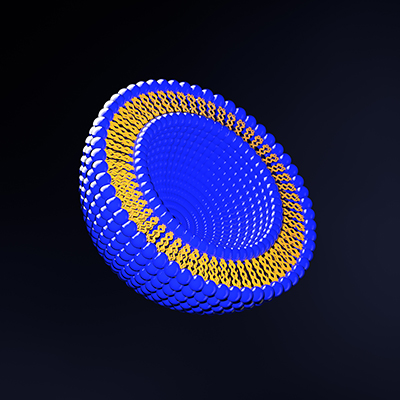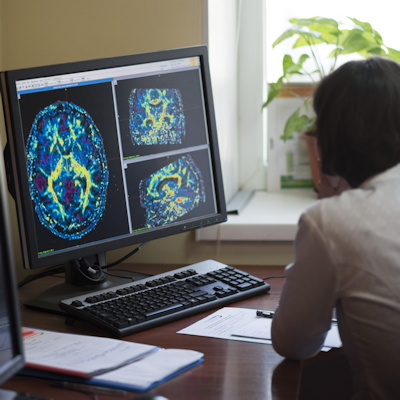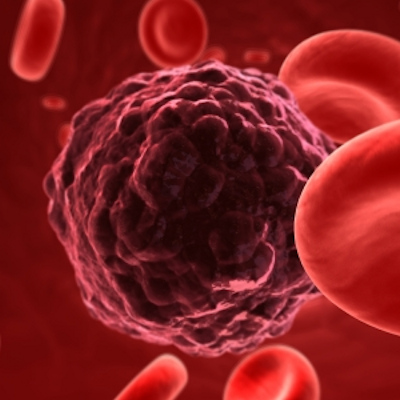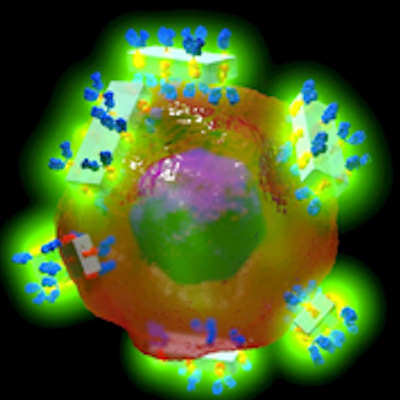April 7, 2023 -- The creation of what its developers believe to be the largest ever ligand-enclosed nanocage has increased the carrying capacity and expanded the utility of drug delivery vehicles.
Nanocages are inspired by natural biological encapsulants such as viral capsids and ferritin protein cages. In nature, identical subunits tile the surface of polyhedrons to form structures that act as reservoirs and move molecules around the body. Mimicking the natural structures, synthetic chemists have developed artificial nanometer-scale, hollow cages with applications in drug delivery and biopharma research.
However, researchers have struggled to rationally control the self-assembly of nanocages composed of simple components. Binding many subunits together creates challenges and as the nanocages get larger, surface energy increases. These factors have limited the size of nanocages and, by extension, the maximum size of the molecules they can carry. Drug delivery applications have been limited to molecules that are small enough to fit into the nanocage.
Writing in Nature Synthesis, researchers at University of Cambridge describe their work to overcome the constraints on the size of nanocages. The paper describes the creation of progressively larger nanocages that culminated in synthesis of a structure with an enclosed volume of more than 92 cubic nanometers. According to the scientists, the structure has the largest ligand-enclosed inner cavity volume ever made. Larger reported cages have more open ligand frameworks.
First author Dr. Kai Wu, a postdoctoral researcher in the Nitschke lab in the Yusuf Hamied Department of Chemistry, outlined the findings and their significance for multiple fields of research in a statement.
"The findings of this study are important because they demonstrate how we are able to create ever-larger complex, functional structures using simple building blocks. Overall, this research expands our understanding of how to create nanoscale structures and may have practical implications in a variety of fields," Wu said.
Wu and his collaborators created larger nanocages using a new approach. Recognizing that the approach taken by viral capsids, which are made of pentagonal and hexagonal subunits, would need a complicated assembly strategy, the researchers built their nanocages from a single repeating subcomponent. Shifting an angle between the faces of the cage enabled the development of larger nanocages in a way that is analogous to "mutations" that change the sizes of viral capsids.
The researchers have identified multiple potential applications for the nanocages. The increased internal cavity volume suggests that the nanocages could serve as a platform for binding large biomolecules, such as hydrophobic membrane proteins or proteases.
Copyright © 2023 scienceboard.net











